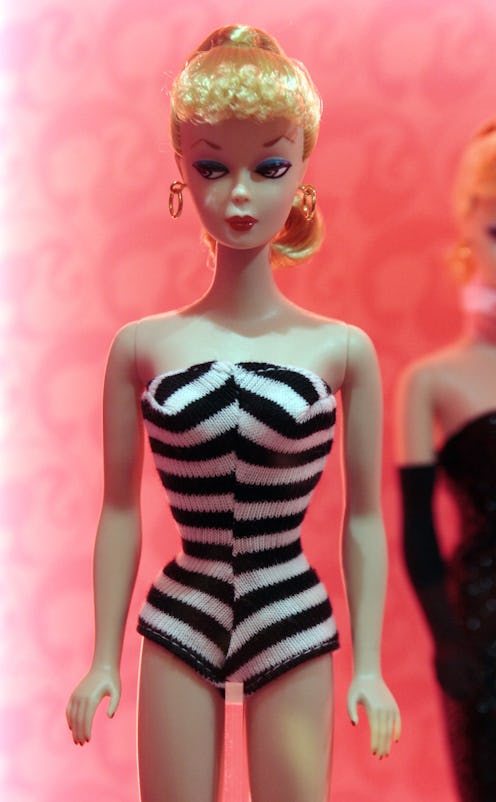The topic of sexual objectification has been rolling around in the minds of straight guys everywhere — but in a good way, for once. No, really: Cristen Conger of Stuff Mom Never Told You says that she hears from many straight men in her audience who are concerned that their physical attraction to women is objectification in and of itself. It's a legit concern, as Conger points out that "objectification...is at the root of all sorts of inequality, discrimination, and even violence." So how can you find the line between appreciation and objectification? Here's how not to objectify women — which Conger sums it up simply by telling men to not treat women like Barbie dolls. Literally.
Before we get into the nitty-gritty, though, let's first make sure we're on the same page when it comes to the definition of objectification and how it differs from attraction. Conger defines objectification as "to present as an object, especially of sight, touch, or other physical sense." So, it's basically just viewing something as an inanimate object — which gets kind of problematic when that object isn't an object at all, but a living, breathing human being. Attraction, however, is defined as "to draw by appealing to the emotions or senses by stimulating interest or exciting admiration." See the difference there? One is a psychological process while the other is a process of dehumanization.
Seeing the difference between objectification and sexualization is easy with Barbie: As Conger says, when you treat a human like a Barbie doll, you're objectifying them. To see this fully illustrated, let's look at three ways attraction and objectification result in different outcomes for Barbie.
1. Respecting Autonomy Versus Having No Choice
Attraction and objectification are often confused because they can happen at the same time — they're not mutually exclusive. It is possible for you to think Barbie is sexy while still giving her personal agency in her interactions with you — that's attraction. However, if Barbie has no autonomy and isn't able to speak up, talk back, or decide whether or not she even wants to play with you, then you're edging into objectification territory.
2. Being An Individual Versus Being Interchangeable
Conger illustrates how Barbie's lack of personhood results in her being interchangeable: "As an object, she's interchangeable. She's just a collection of plastic body parts, not a body that makes up a collective person." As a person, though, she's a unique individual.
3. Being Involved Versus Being Played With
Being attracted to someone is all well and good, but in order for that attraction to progress further, it's got to be a two-way street. If you think someone is hot and don't care that they've ignored your advances or said "No" to them outright, you're not only in Objectification Land, but you're also in the Land of Harassment. Consent is key — and whether or not you obtain it has a lot to do with whether you're objectifying someone.
So: How does this all play out in the real world? Watch the full video below:
Images: Stuff Mom Never Told You/YouTube (3)
